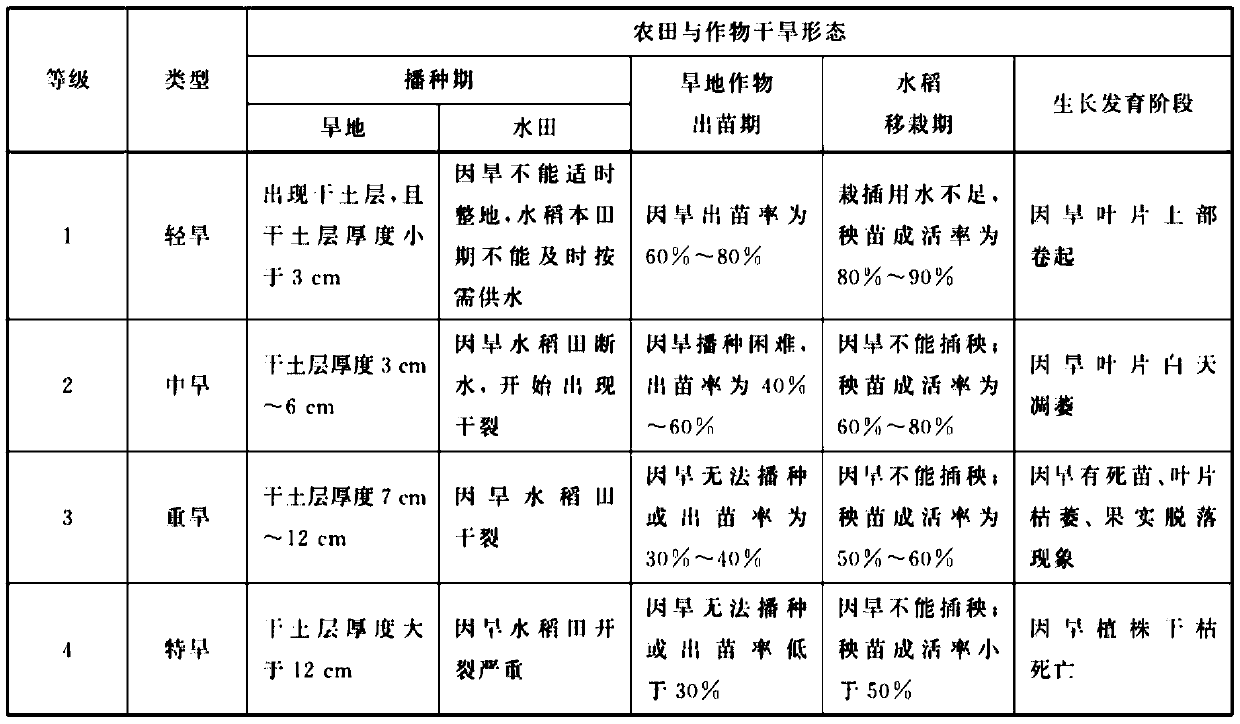Method for improving photosynthetic efficiency of plants
A photosynthetic efficiency, plant technology, applied in botany equipment and methods, biochemical equipment and methods, plant peptides, etc., can solve the problem of drought tolerance reduction and other issues
- Summary
- Abstract
- Description
- Claims
- Application Information
AI Technical Summary
Problems solved by technology
Method used
Image
Examples
Embodiment 1
[0035] Embodiment 1, the construction of carrier
[0036] The GDH genes of the present invention can be derived from prokaryotes or eukaryotes. The GDH genes provided by the present invention include but are not limited to the genes shown in Table 2. In order to construct the transformation vector, the E. coli-derived GDH gene and the corresponding terminator sequence were artificially synthesized, including the chloroplast signal peptide, the GDH coding gene and the terminator. The nucleotide sequence is shown in SEQID NO. ' ends are provided with BamHI and KpnI sites, respectively. The artificially synthesized GCL gene includes a chloroplast signal peptide, a GCL coding gene and a terminator, the nucleotide sequence is shown in SEQ ID NO. 8, and the 5' end and the 3' end are respectively provided with BamHI and HindIII sites. The artificially synthesized TSR gene includes a chloroplast signal peptide, a TSR coding gene and a terminator, the nucleotide sequence is shown in S...
Embodiment 2
[0043] Example 2, rice transformation
[0044] The method of obtaining transgenic rice is to use the existing technology (Lu Xiongbin, Gong Zuxun (1998) Life Science 10: 125-131; Liu Fan et al. (2003) Molecular Plant Breeding 1: 108-115). The mature and plump "Xiushui-134" seeds were selected and shelled to induce callus as the transformation material. Take the Agrobacterium plates constructed in Example 1 containing the plasmids pCambia1300-bar-GDH-GCL-TSR-OsBASS-RNAi (GGTOsBi) and pCambia1300-bar-GDH-GCL-TSR-OsPGGL1-RNAi (GGTOsPi) respectively. Pick a single colony to inoculate and prepare for transformation with Agrobacterium. The callus to be transformed is put into the Agrobacterium liquid with an OD of about 0.6 (the preparation of the Agrobacterium liquid: the Agrobacterium is inoculated into the medium, and cultivated to an OD of about 0.6; the medium consists of 3 g / L K 2 HPO 4 , 1g / L NaH 2 PO 4 , 1g / L NH 4 Cl, 0.3g / L MgSO 4 ·7H 2 O, 0.15g / L KCl, 0.01g / L CaCl ...
Embodiment 3
[0045] Example 3. Soybean Transformation
[0046] The steps used here to obtain transgenic soybeans come from existing technologies (Deng et al., 1998, PlantPhysiology Communications 34:381-387; Ma et al., 2008, Scientia Agriculture Sinica 41:661-668; Zhou et al., 2001 , Journal of Northeast Agricultural University 32:313-319). Select healthy, plump, and mature "Tianlong No. 1" soybeans, disinfect them with 80% ethanol for 2 minutes, wash them with sterile water, and place them in a desiccator filled with chlorine gas (generated by the reaction of 50ml NaClO and 2ml concentrated HCl) Sterilize for 4-6 hours. The sterilized soybeans were sowed into the B5 medium in the ultra-clean workbench, cultured at 25°C for 5 days, and the optical density was at 90-150μmol photons / m 2 · s level. When the cotyledons turn green and break through the seed coat, sterile bean sprouts will grow. The bean sprouts from which the hypocotyls were removed were cut 50-50 in length so that both exp...
PUM
 Login to View More
Login to View More Abstract
Description
Claims
Application Information
 Login to View More
Login to View More - R&D
- Intellectual Property
- Life Sciences
- Materials
- Tech Scout
- Unparalleled Data Quality
- Higher Quality Content
- 60% Fewer Hallucinations
Browse by: Latest US Patents, China's latest patents, Technical Efficacy Thesaurus, Application Domain, Technology Topic, Popular Technical Reports.
© 2025 PatSnap. All rights reserved.Legal|Privacy policy|Modern Slavery Act Transparency Statement|Sitemap|About US| Contact US: help@patsnap.com



